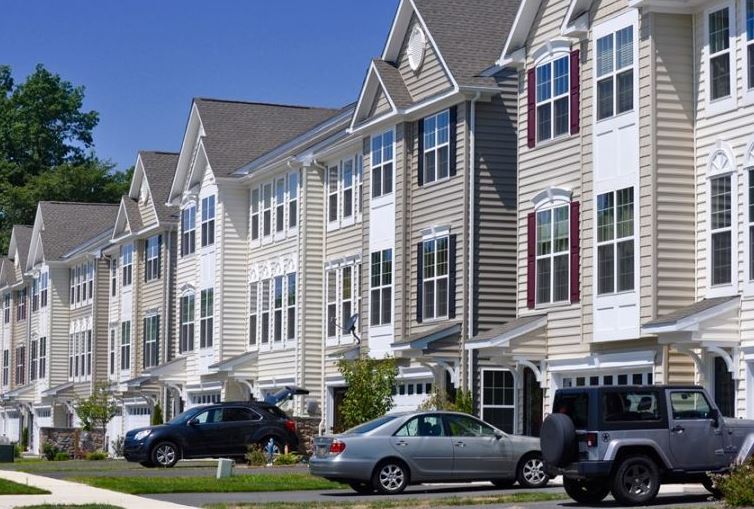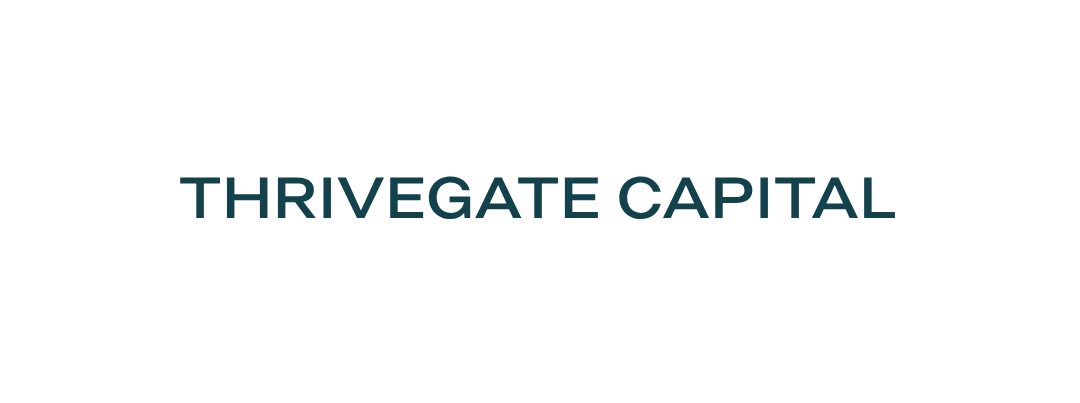What Is Workforce Housing and Why It’s Crucial
If you’ve ever wondered how essential workers—like teachers, nurses, firefighters, and retail workers—afford a place to live near the communities they serve, that’s where workforce housing comes in. At Thrivegate Capital, we specialize in helping build, finance, and preserve workforce housing developments that bridge the gap between luxury rentals and low-income housing.
These homes are affordable to folks earning too much to qualify for subsidized housing like Section 8, but not enough to comfortably afford market-rate rents. It’s a growing need in today’s housing market—and an overlooked opportunity for impact and investment.

Workforce vs. Section 8 vs. Affordable Housing
Let’s break down the key differences. These terms often get lumped together, but they serve very different groups.
Affordable Housing
Affordable housing is an umbrella term. It usually refers to housing that costs no more than 30% of a household’s income. This can include public housing, income-restricted units, and subsidized programs for very low-income residents.
Workforce Housing and Area Median Income (AMI)
Workforce housing targets renters earning between 60% and 120% of the Area Median Income (AMI). These are typically middle-income households—too “rich” for housing assistance but too “broke” for market-rate rents. They’re the backbone of local economies, but often priced out of the communities they serve.
Section 8
Section 8, or the Housing Choice Voucher Program, is a federal rental assistance program. It’s designed for very low-income families, the elderly, and people with disabilities. Tenants pay a portion of rent based on their income, and the government covers the rest.
Workforce Housing Tax Credits
While affordable housing has long benefited from tax incentives like the Low-Income Housing Tax Credit (LIHTC), workforce housing is starting to gain attention too.
Some states now offer incentives like:
- State-level tax credits
- Public-private partnerships
- Local zoning bonuses for developers who include workforce units
These benefits reduce development risk and increase the financial viability of building workforce housing.
Workforce Housing Programs
So what exactly is a workforce housing program?
These are initiatives—usually local or regional—that aim to make housing more accessible to middle-income earners. They may include:
- Zoning incentives to encourage developers to include workforce units
- Down payment assistance for first-time homebuyers
- Rental subsidies or rate caps
- Public-private financing programs
Affordable By-Design Options
One smart way developers create workforce housing is through “affordable by design”. That means:
- Building smaller units
- Using efficient floorplans
- Choosing lower-cost materials
- Prioritizing functional over luxury amenities
This lowers the cost without government subsidies—making it scalable and sustainable.
Investment Opportunities
This housing gap isn’t just a social problem—it’s also a real estate opportunity.
Affordable Housing Investments
Affordable housing often relies on complex financing, including tax credits, HUD programs, and heavy compliance. It can be stable, but highly regulated and slower to scale.
Workforce Housing Investments
Workforce housing investment is often overlooked—but it’s high-demand, low-supply, and offers:
- Strong tenant retention
- Recession resistance
- Less competition
- Above-average returns in overlooked markets
At Thrivegate Capital, we focus on acquiring and developing workforce housing in markets where demand is rising but institutional capital hasn’t caught on yet. That’s where real opportunity lives.
FAQs about Workforce Housing Programs
Are Section 8 and Workforce Housing the Same?
Nope. Section 8 is a federal rental assistance program for low-income families. Workforce housing is designed for middle-income earners who don’t qualify for subsidies but still need affordable rent.
What’s a Workforce Housing Program?
It’s a local or state-level initiative that supports housing affordability for essential workers—usually via incentives, zoning changes, or financing programs.
Is Workforce Housing Important and Why?
Absolutely. Without it, our nurses, teachers, and police officers are pushed out of the neighborhoods they serve. Workforce housing keeps cities functional, diverse, and livable.
What Is Workforce Housing?
It’s housing meant for people who earn between 60-120% of AMI—essential workers who don’t qualify for low-income programs but still can’t afford market rents.
How Does Workforce Housing Work?
It works by focusing on cost-effective development, private capital (like Thrivegate), and sometimes public support. Developers can build it using affordable design methods, and cities can support it through policies and partnerships.
What Is a Workforce Housing Program?
It’s a program or policy initiative that:
- Encourages or subsidizes the development of workforce housing
- Helps middle-income residents with housing access
- Bridges the gap between luxury rentals and low-income housing
What is Workforce Housing and How Can You Benefit?
Whether you’re a real estate investor, a developer, or just someone who cares about community housing—workforce housing is worth your attention.
With rising housing costs and stagnant wages, more middle-income earners are being priced out. Investing in or supporting workforce housing isn’t just good for communities—it can be great for your portfolio, too.
Workforce Housing vs Affordable Housing vs Section 8
Here’s a recap to keep it simple:
Affordable Housing
- For low-income renters
- Often subsidized
- Usually capped at 30% of income
Workforce Housing
- For middle-income earners
- Generally no subsidies
- Built to be affordable by design or via incentives
Section 8
- For very low-income households
- Government pays a large portion of rent
- Strict income limits
Workforce Housing Tax Credits – What Are They?
While not as widespread as LIHTC, some states are introducing tax incentives to encourage the creation of workforce housing. These help bridge financing gaps for developers and attract private capital into the space.
Are There Similar Grants to HUD for Workforce Housing?
There aren’t many federal HUD grants for workforce housing yet, but:
- Some state and local governments offer land grants or soft financing
- Thrivegate Capital works with partners to secure creative capital stacks for workforce housing deals
- Zoning incentives and public-private partnerships are also on the rise
Affordable By-Design and Workforce Housing
Think smart, not flashy. Smaller units, efficient layouts, and practical amenities make it possible to deliver quality housing that’s affordable without a single dollar of subsidy.
What’s the Opportunity for Investment?
Affordable Housing Investment
- Heavily regulated
- Lower risk, lower upside
- Public-private financing often required
Workforce Housing Investment
- Higher returns
- Underserved demand
- Room to innovate and scale
Thrivegate Capital is leading the charge in this space—developing and acquiring workforce housing in high-growth areas where most investors haven’t looked yet.
Workforce Housing FAQ
Is Workforce Housing Section 8?
No. Section 8 is for low-income renters. Workforce housing is for people who make too much for Section 8 but not enough to afford market-rate housing.
What Is a Workforce Housing Program?
A public or private initiative that makes it easier to build or access affordable rentals for middle-income earners.
Why Is Workforce Housing Important?
Because our cities don’t work without teachers, nurses, and public service workers. Workforce housing makes sure they can live in the communities they serve.
What Is the Definition of Affordable Housing?
Housing that costs no more than 30% of a household’s income. This can be subsidized or not, depending on the type of program.
Interested in partnering with us or investing in workforce housing?
Check us out at www.thrivegatecap.com — where smart capital meets real community impact.
